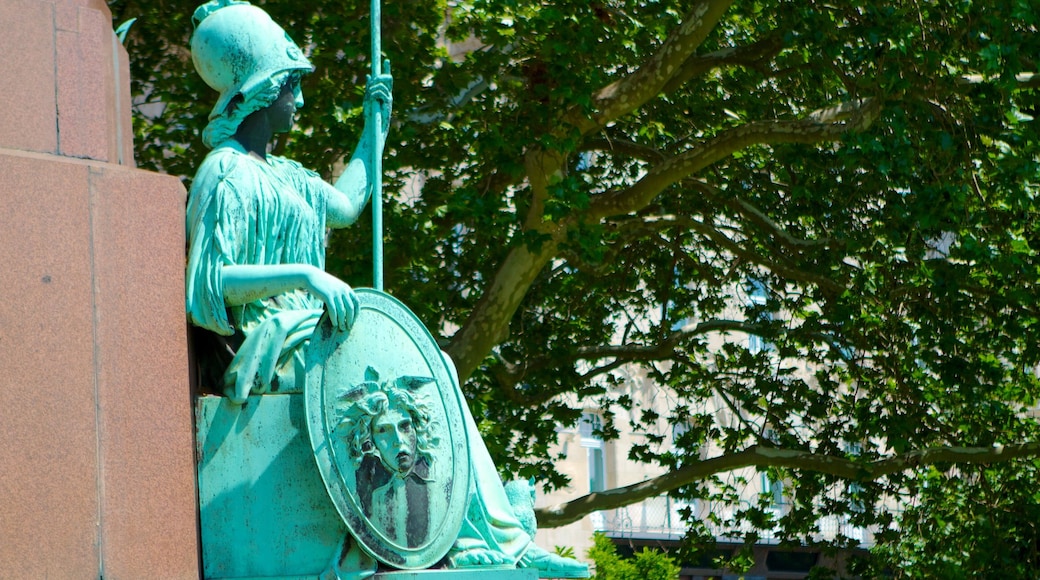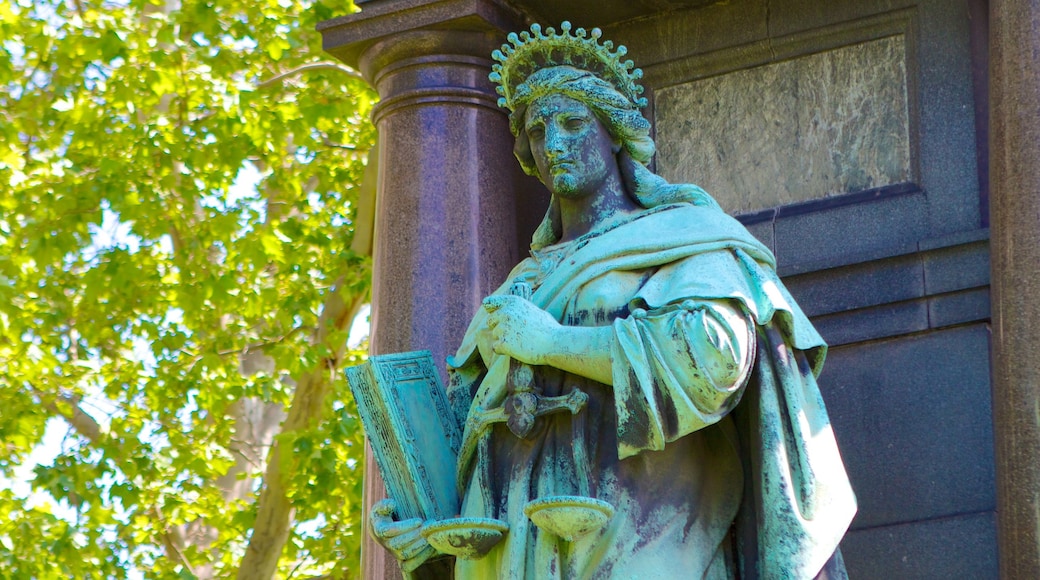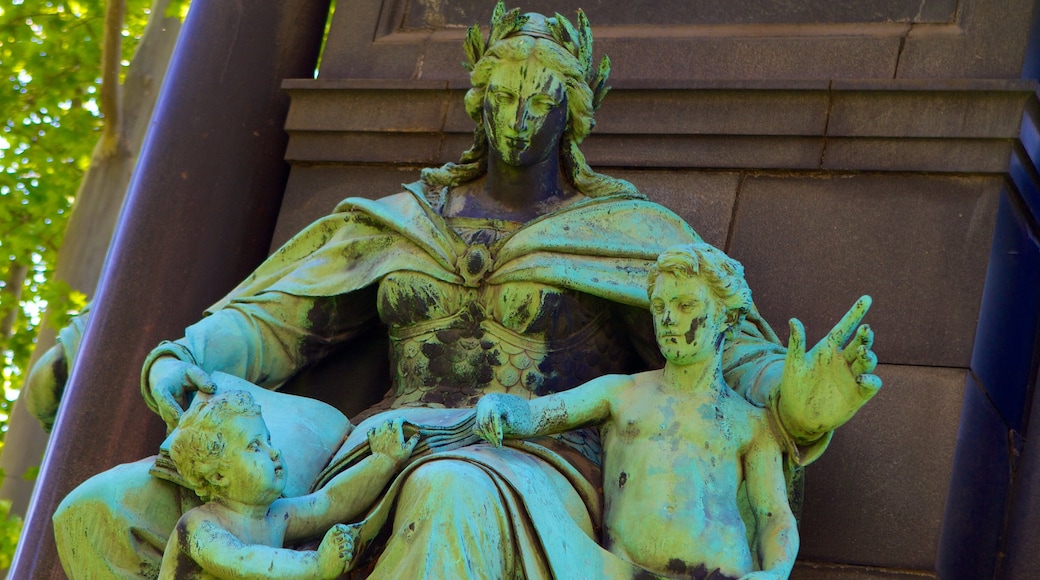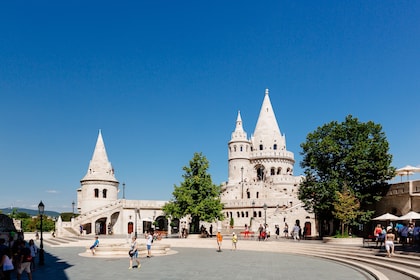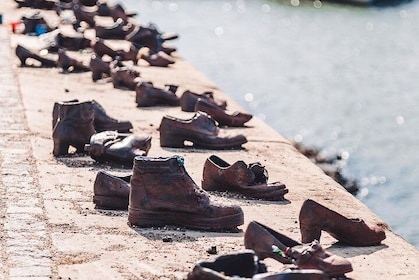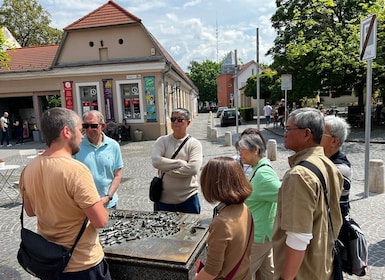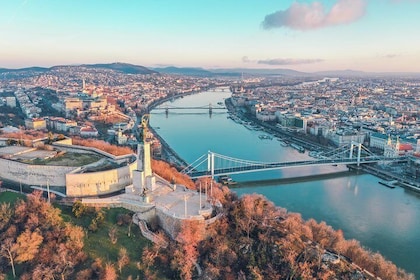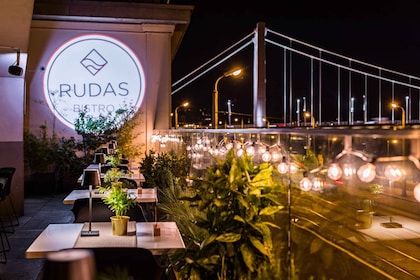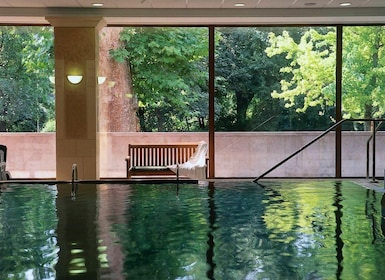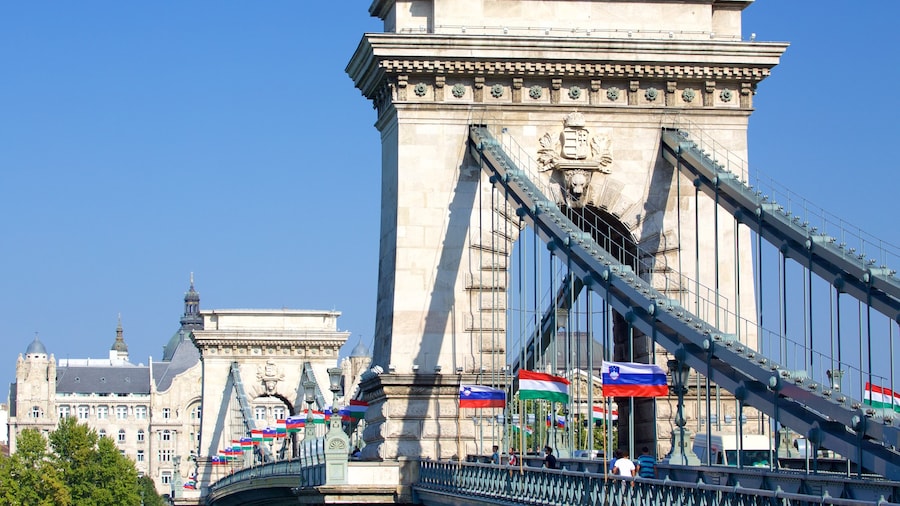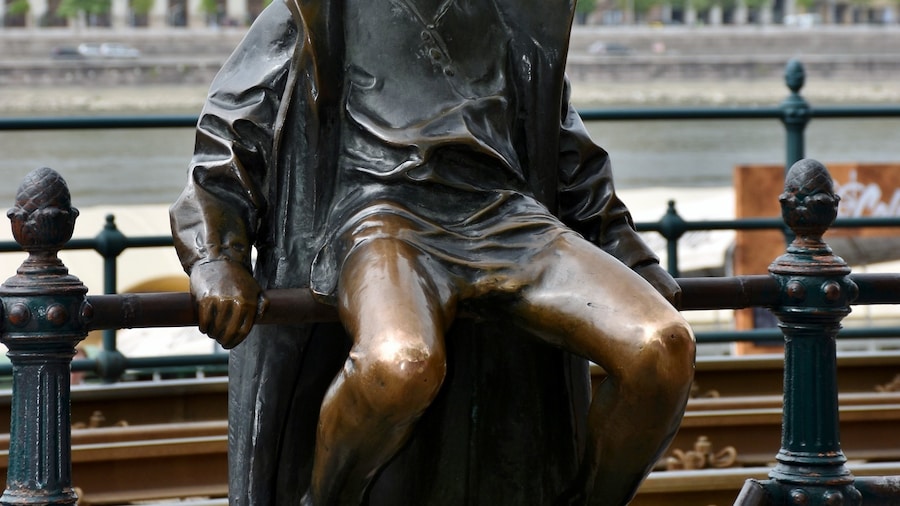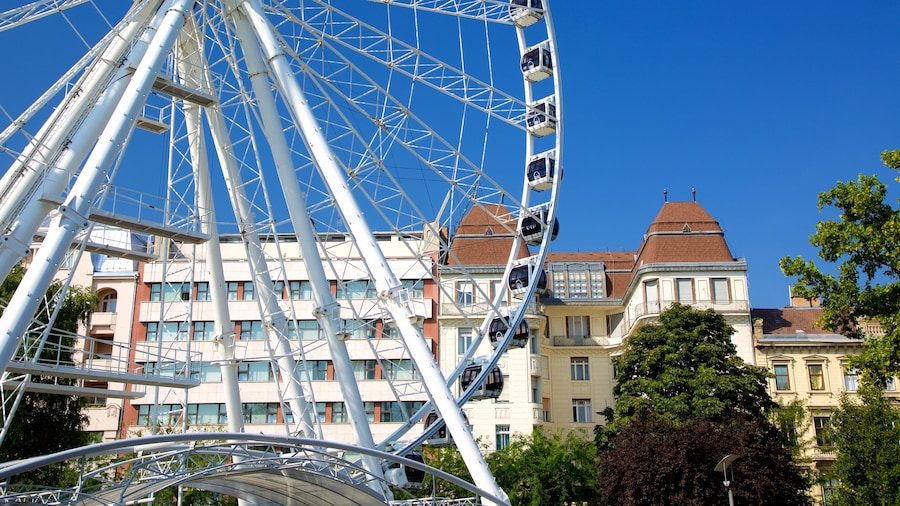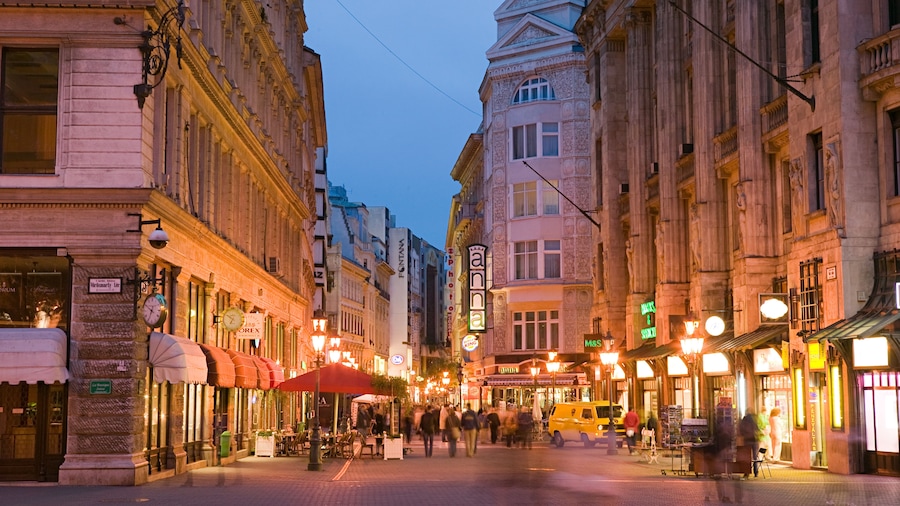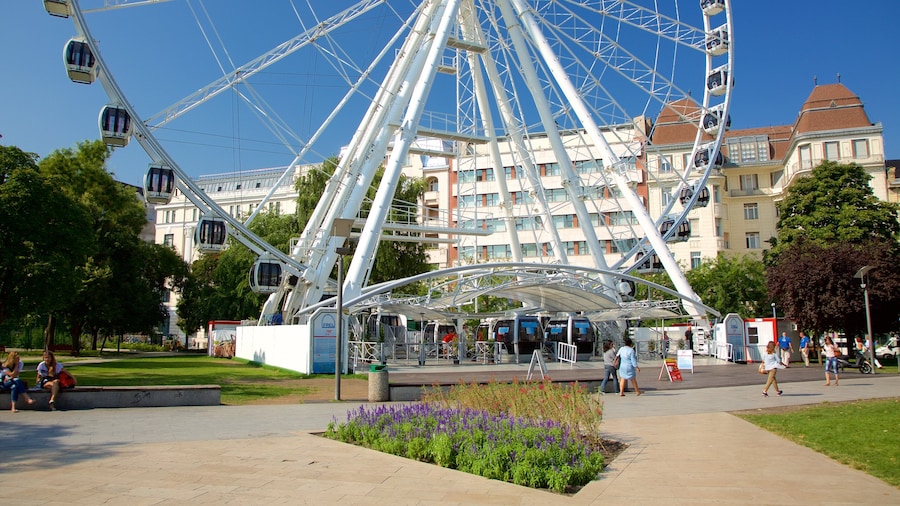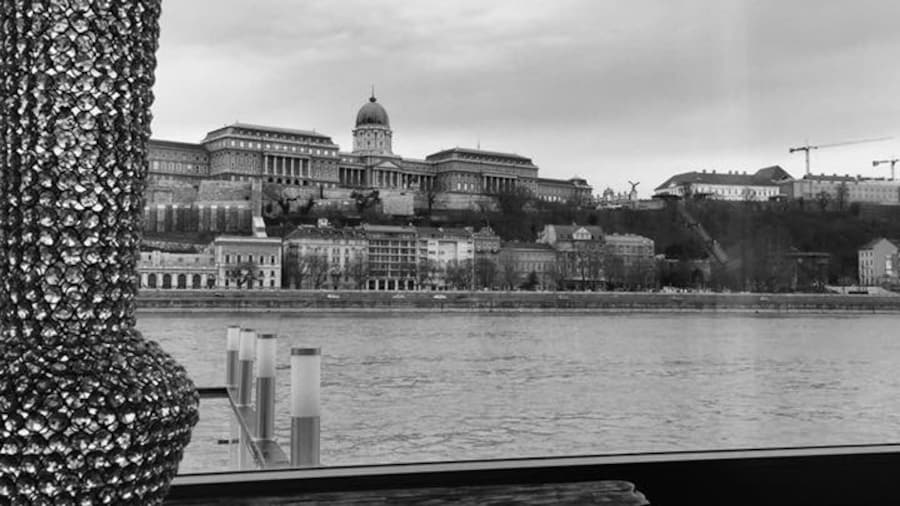Formerly Roosevelt Square, now Széchenyi, this east-bank square is undoubtedly blessed with views of the heart of Budapest.
If you are searching for one of the best views back over the Danube to Buda, then ask for directions to Széchenyi Square? That's because the new name for Roosevelt Square has only been in place since 2011. The square was only named after the US President in 1947. It's likely, however, that either name will get you to this prime viewing spot in central Budapest. Hungarians are well used to name-place switching, after slipping in and out of decades of communist rule.The effort will be worth it. As well as the sustained palatial splendour of Buda Castle, and the white pinnacle of Matthias Church rising across the Danube's waters, you'll also have one of the city's other landmarks almost under your feet. Széchenyi Square is the east bank launch-point for the world-famous Széchenyi Chain Bridge, an English-designed suspension bridge that turned 'Buda and Pest' into Budapest. Built in 1849, its solid simple elegance, and undoubted engineering prowess, made the Chain Bridge one of the symbols of the new Hungary.There is more to see in Széchenyi Square than just views, though. It is faced on two sides by two intriguing buildings – the neo-Renaissance Hungarian Academy of Sciences to the north, and Gresham Palace to the east. Gresham Palace is well known as a great example of the Hungarian twist to Art Nouveau styling. It was originally built to house an English company in 1906. Eventually, it became an apartment building, occasional barracks for Soviet soldiers and is now a rather fine hotel.This sliver of park and trees on the east bank of the Danube also provides a welcome green refuge from the tight-packed crowds of central Pest. It has two interesting statues: one of the famous Hungarian politician who smoothed relations between Austria and Hungary in the 19th century – Ferenc Deák – and another showing an Austrian and Hungarian child united in friendship.It was all part of attempts to keep the Austro-Hungarian empire together in the 19th century. That union may have ended unhappily, when Austria-Hungary broke up after the First World War. But Széchenyi Square remains one anchor in that other more enduring union, between Buda and Pest across the Danube.

